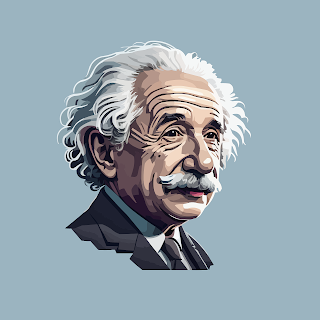Top 10 largest churches in the world

1- St. Peter's Basilica - Vatican City Built: Construction began in 1506 and was completed in 1626. Architect: Donato Bramante, Michelangelo, Carlo Maderno, Gian Lorenzo Bernini, and others. Cost: The cost of construction is not precisely known but is estimated to be around 46 million ducats (equivalent to billions of dollars today). Area: St. Peter's Basilica covers an area of 15,160 square meters (163,195 square feet). 2- Basilica of Our Lady of Peace - Yamoussoukro, Côte d'Ivoire Built: Completed in 1989. Architect: Pierre Fakhoury. Cost: Estimated to be around $300 million. Area: The basilica covers an area of 30,000 square meters (323,000 square feet). 3- St. Paul's Cathedral - London, United Kingdom Built: Construction began in 1675 and was completed in 1711. Architect: Sir Christopher Wren. Cost: Approximately £1.095 million (equivalent to hundreds of millions of pounds today). Area: The cathedral occupies an area of 7,874 square meters (84,689 square feet). 4- M...




